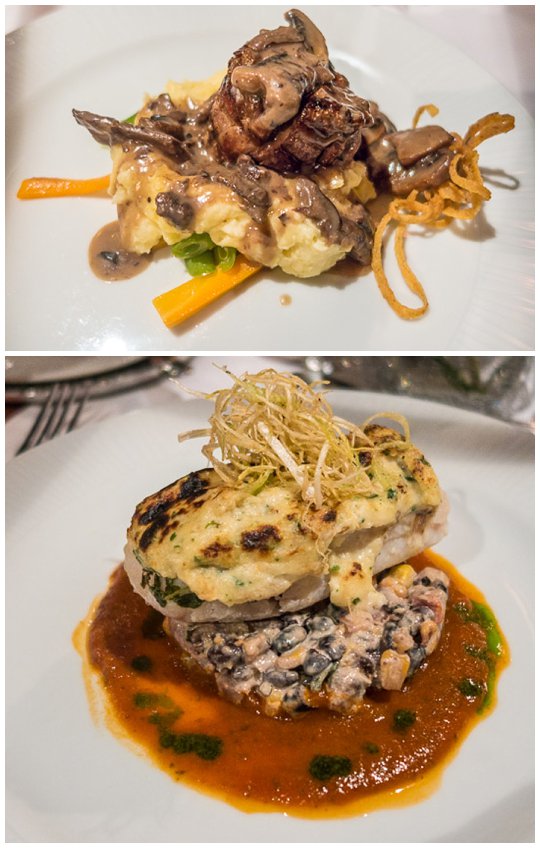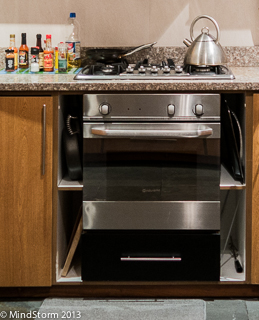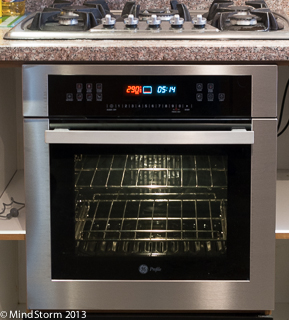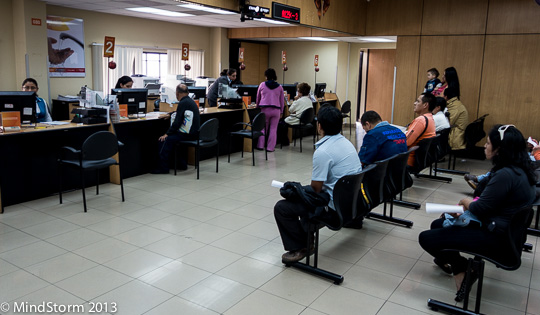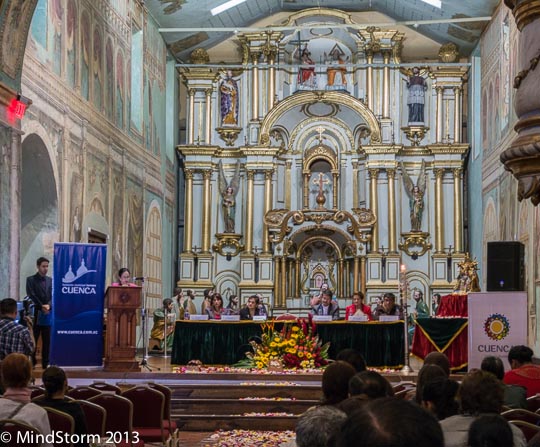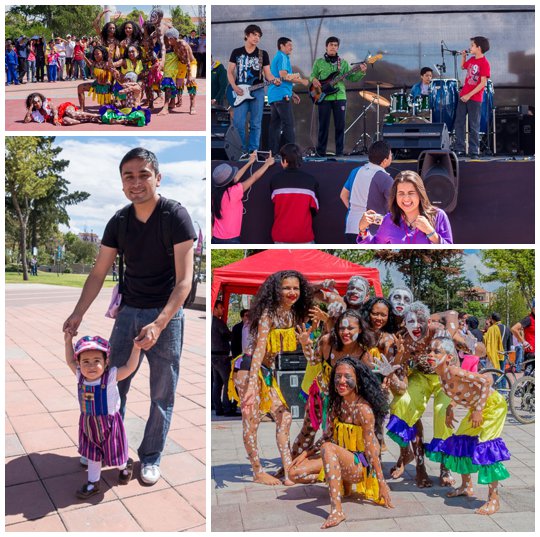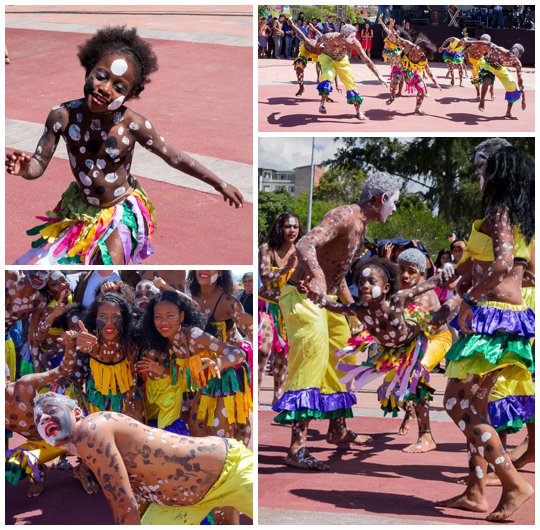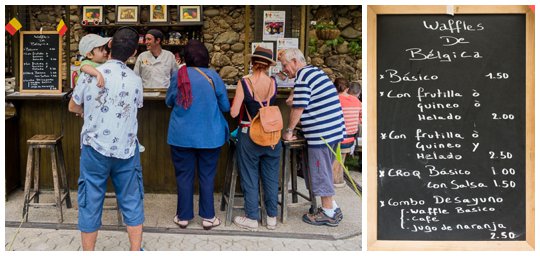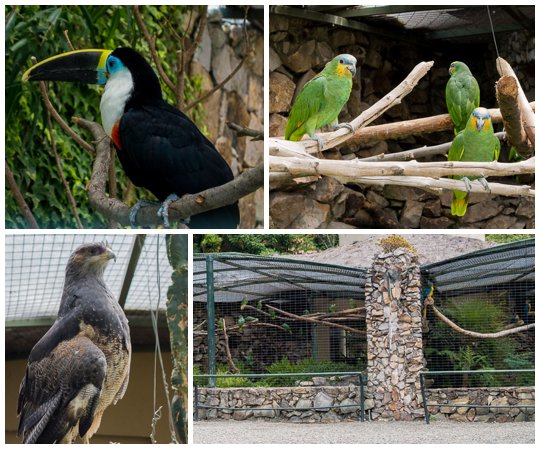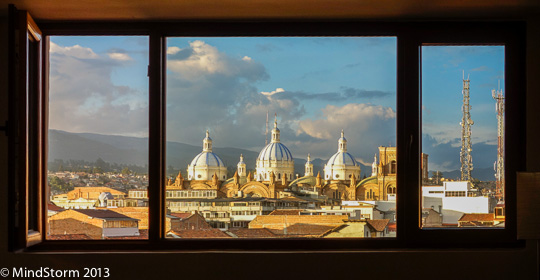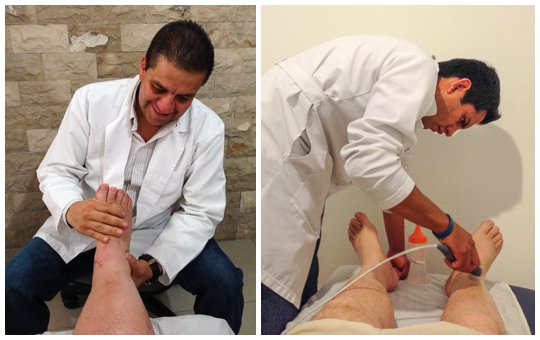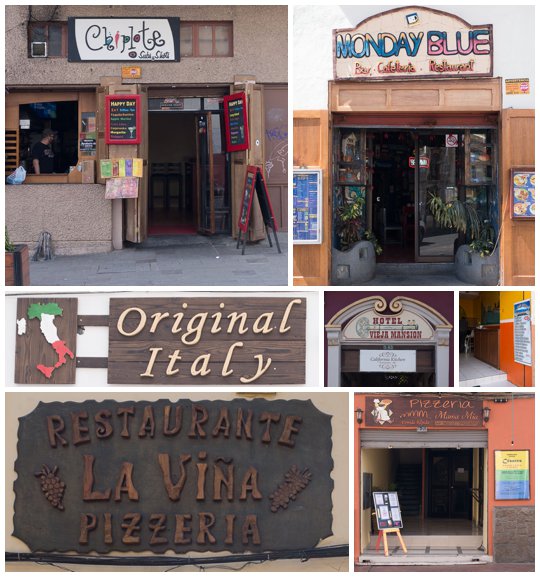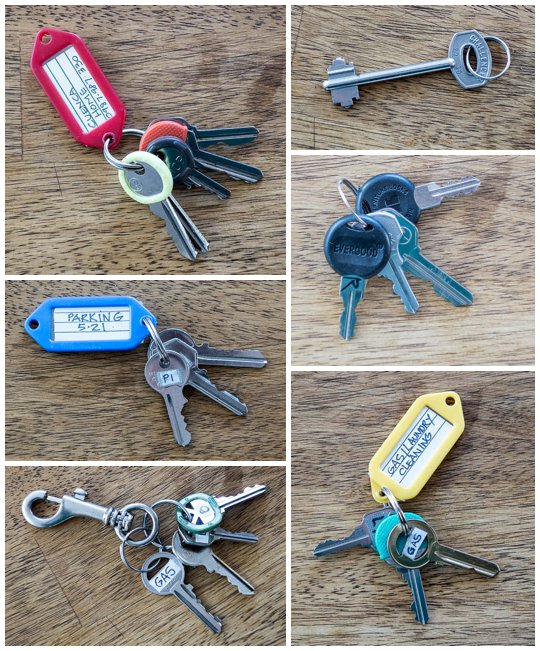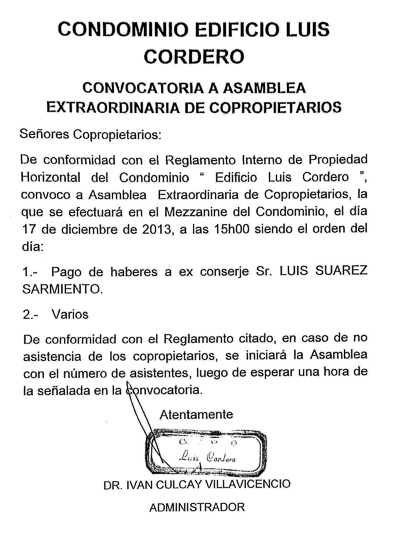
Lawsuits are not as common in Ecuador as they are in the US, but we just got a first-hand experience to show they are do exist. We have read recently that labor suits are becoming a hot item, with several expats telling stories (sometimes second or third hand) about household help (maids, cooks, gardeners) going to the equivalent of the Labor Department and complaining that they were not paid fairly, or that their Social Security (their equivalent anyway) was not paid, etc.
Yesterday, we were handed the above notice by our building security guard. I was able to read most of it, and then used Google Translate to confirm that I was on the right track. Basically, it said that there would be a meeting of the Condo Owners Association today (what we call HOA in the US) to discuss “paying the salary of the ex-concierge Luis Suarez Sarmiento.”
This seemed odd to us, since we were told that Mr Sarmiento had retired this past Spring. We now have a security guard (aka ‘consierge’) named Edison, whom we are very happy with. Since Mr Sarmiento is gone, wouldn’t his salary have already been paid?
Since this would be our first HOA meeting, and we are the only non Spanish speaking occupants of the building, we decided to hire a translator (Sarah). The meeting was to start at 3:00 according to the notice, so we had her arrive then. We all went down and found where the ‘mezzanine’ was (not at all obvious), but found it totally empty?? The president of the HOA (Dr Culcay) wandered through a few minutes later, and Sarah asked him about the meeting. The translation we got back was “We set it to start at 3:00 to give people time to arrive. We will actually start talking at about 4:00.”
Say What??? Yes, you read that right. They set the start of the meeting at a time to give everyone an hour to arrive. I think it may take me a long time to get the hang of some Ecuadorian practices… ☺
We went back to our condo and talked for the next hour, then returned to the meeting room at 4:00. Sure enough, people were just starting to arrive, and the meeting started a little after 4:00.
It turns out the prior security guard sued the HOA for $30,000, saying he was not treated fairly. A settlement was made for $10,900 plus $800 lawyer fees. It was not clear to me whether this was the result of a court settlement or out of court, but they seemed happy with the settlement. Since we have only been here a couple months, we did not really want to raise a ruckus. I did make a point of asking how we can sure this won’t happen again with our current guard. Dr Culcay assured us that our current arrangement was different, and that we have an iron-clad contract with Edison. Since we are in a building mostly comprised of lawyer offices, and Dr Culcay is a lawyer himself, I decided to take his word for it.
After some grumbling from the other half-dozen attendees (in Spanish), the meeting was adjourned. Our bill will turn out to be a little under $1,100. Totally unexpected, out of the blue, and relating to a legal issue that occurred before we arrived. However, this amount equates to roughly one month of property taxes back in California, while our property taxes here are less than $100 per year. Basically, we lick our wounds, smile and go outside to continue to enjoy the fabulous city we have adopted! ☺

